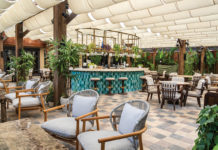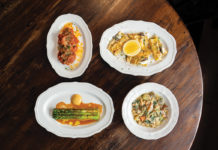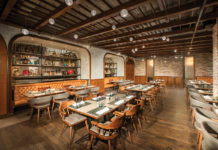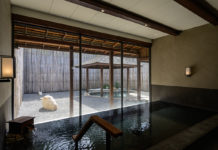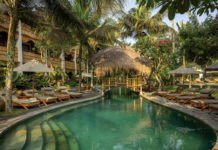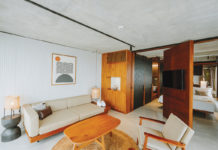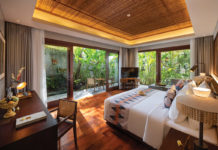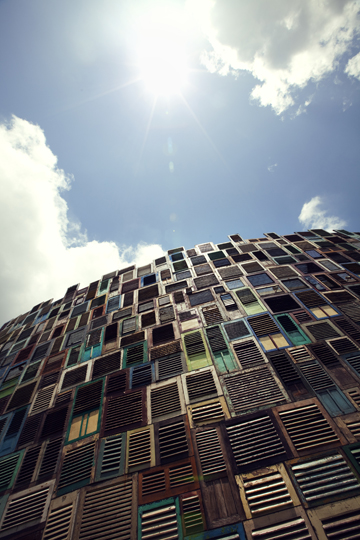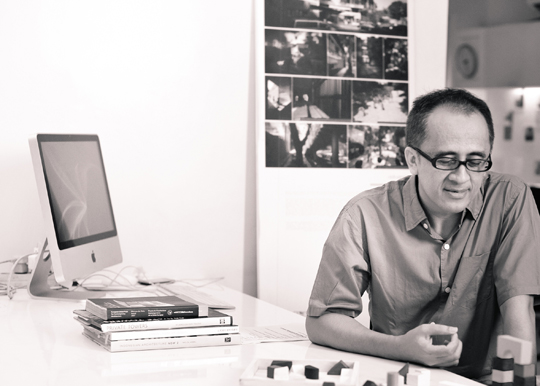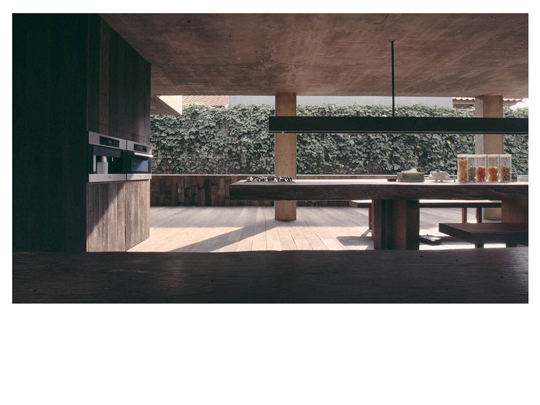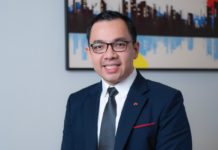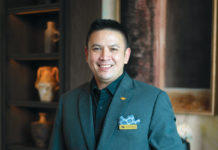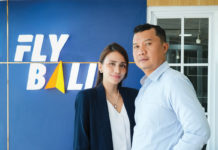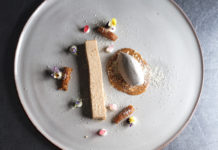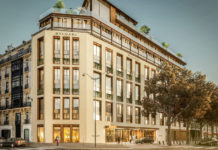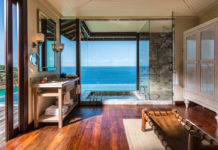From airports to public facilities to high-end luxury properties, Andra Matin is a renowned architect recognized internationally. Asia Dreams sat down with the man himself as he shared stories of his ascension to the industry and his ideals of constantly giving his best without expecting anything in return.
Q: It has been more than 30 years since you officially became an architect. How has your passion for architecture evolved since then and what is your secret to continually coming up with fresh and inventive ideas for your design concepts?
A: I think I am constantly passionate about architecture, as I see it more as a hobby than a profession. People can choose different things as their hobby, whether it is swimming or golfing, and it is about treating it as an amusement rather than an obligation. That way it is always a delight to do my job as an architect. In architecture there is an aspect of exploration as we are constantly challenged by different things every day. Over the years I have learned that the more we delve into it, the more we realize how little we know. There is so much out there to grasp and I am learning every single day.
I try to apply different approaches to every task I get, a different entry point to every project. In one project we can start by developing the building programmes, in another we can start by the context. That way I can experience each project as something unique and I am constantly refreshed by every task I get.
Q: Growing up, had you always known that you wanted to be an architect or was there a turning point in your life when you began to realize that this is where your heart truly lies?
A: Since I was little I’ve always had a penchant for planning. I loved to play with toys and build things out of them. I remember having an uncle whose house I really liked because the rooms are arranged neatly. So to think about it now, I realize I already had that awareness since I was little, but it wasn’t until I took an academic potential test in high school that I decided to study architecture and become an architect.
Q: Can you tell me about your very first design project as an independent architect and how it felt to surpass that significant milestone?
A: My first project was the office for the graphic design company Leboye in Kemang. It was a house that was to be renovated to fit an office on the second floor, with space available for rent on the ground floor and a multifunctional space that connects the two. The concept was simple, but as it was my first independent project, for the first time I had the freedom to do a design that I envisioned. My preference has always been towards something modern, poetic, while being attentive to the tropical climate – something I didn’t have quite the opportunity to do previously. The design was a wooden box with louvers that provided light and proper shading and allowed cross-ventilation. Luckily the client agreed and we went ahead with the project.
After the project was completed, I still didn’t have the conviction that I would make it as an independent architect. It wasn’t until the building was awarded by IAI and several new job offers followed the completion of the Leboye office that I gained a slight conviction that my work was appreciated and I could deliver something new to the year 1999.
Q: Was it difficult to start up your own independent studio at first?
A: It was not particularly difficult because the process of starting up the studio itself was quite simple. The challenging part was the fact that it was 1998 and the country was in crisis. Many people had to struggle to keep their jobs and I in turn resigned from my job. It was a tough decision to make, but I had the conviction that if I could survive that crisis, the following years would be much easier.
Q: Do you mind sharing a bit of insight regarding your design idealism?
A: I believe in putting maximum effort and minimal expectations. Quality is foremost in importance. There’s a saying: “Be like the sun – constantly shining without expecting anything in return.” It’s about creating a standard for our own to be as close as possible to the ideal, while submitting to whatever the outcome is.
I also believe in process; nothing good comes instantly. There’s a Japanese saying: “Today has to be one step farther than yesterday.” When I designed my first project, I never imagined having the opportunities that I now have to design public facilities, or to be featured in publications. It was just never in my expectations. Things come through process.
Q: Out of all your many projects, can you name and describe three that you are most proud of and why?
A: The first one I would say is my house. I spent about 10 years of not living in my own house, so it is more about being able to finally live in a house that I own and designed. The other two: I would say I am most proud when my design can benefit the public, or when it is a cultural project. I don’t think I can name any particular public and cultural facility project, as they are still in progress, but those are what I hope to achieve through my designs.
Q: Would you mind telling us about some of the projects you’ve recently done and/or are still doing?
A: I am currently working on a residential project situated on a 400 sq.m. piece of land with 32 existing palm trees. We are trying to maintain as many trees as possible, while taking inspiration from the vernacular architecture that is the “”rumah panggung””. So the main activity will take place on the second floor. The idea is to create architecture that can coexist with nature. The project is still in progress, but I find it quite unique. We are also working on an airport in Banyuwangi. I find it quite interesting because it is a public building and it is quite a long process to be able to convince the government officials to approve the design. The building takes the shape of a modified traditional Osing house from Banyuwangi, an effort to create a design that is modern while still rooted to its cultural context. The project is also still in progress.
Q: Over the years you’ve worked a lot with concrete and the colour gray. Do you mind sharing what this is all about?
A: Concrete is a highly durable material, while the colour gray has a calming and serene quality. I have a liking towards something that is simple yet serves multi purposes and I think gray is a subtle colour that does a lot of things. It is neutral, it camouflages dust and it goes with almost everything.
Q: A lot of people associate architects with seclusion, workaholism, limitless creativity and lots and lots of dollar bills as remuneration. What are your thoughts on this view?
A: I personally don’t think so. Each profession has its ups and downs. Good work precedes financial reward, but money is never the ultimate goal.
Q: Writers sometimes experience writer’s block. Does this happen to architects as well, What do you usually do to get over it?
A: Yes. It can be simple things such as taking and editing pictures, or it can be travelling. I regularly travel as it brings me so much refreshment.
Q: I know someone who must have his pet cat in the room when he works and another who must do his work outdoors. Do you have any personal work peculiarities such as these you’d like to share?
A: I like to have my phone with me everywhere I go. Visuals highly appeal to me; I love scrolling through image feeds (such as Instagram or Pinterest). It can also be magazines or books, but my phone is the most convenient.
Q: Where do you see yourself 10 years from now?
A: I don’t think I will ever retire from architecture, but in 10 years I see myself working more leisurely, maybe in someplace secluded (I imagine 10 years from now the Internet will be ubiquitous) and I will have more time to do more travelling.
Q: What advice can you give to budding architects who are trying to pursue this passion and make a name for themselves in the industry?
A: Be consistent, have character and stay rooted. It is important that we create things that are true to our visions and our identity and be persistent about it.
Q: What do you like to do to unwind?
A: I like to travel, read books, listen to some music, watch films and spend time with my loved ones.


